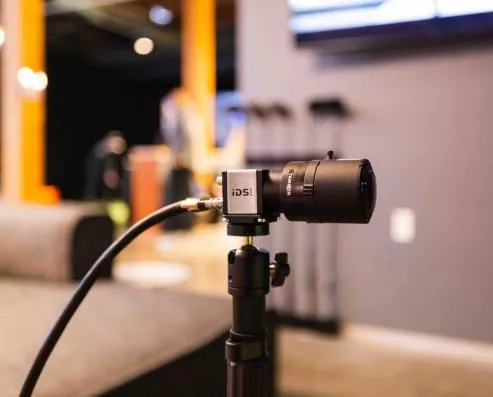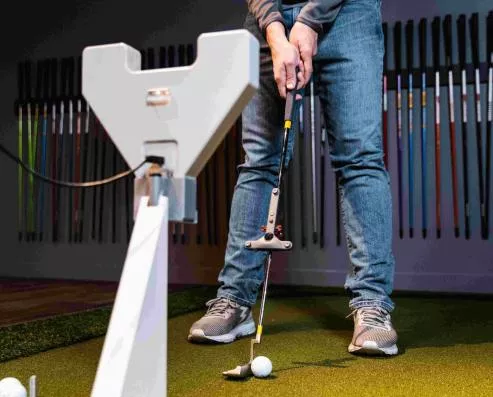[vc_row][vc_column][vc_column_text c_id=”.vc_1639432577130″]Matt Brady – Chicago
If you ever taken a golf lesson or watched YouTube videos late into the night, tirelessly working to improve your golf game. Odds are you’ve watched more than your fair share of content about how to grip the club. Were going to cover pressure points so we have a track for success when building a good grip. When establishing a good grip there are a few cool tricks of the trade to help ensure proper gripping. Starting with right handed golfers, I always start top hand (left hand) first, with the goal in mind to feel pressure points on the left pad of your hand, closest to your pinky finger. This goes in tandem with feeling pressure in the left “trigger” finger with the second knuckle on the back of the grip. If done correctly, when you hold the golf club in front of you parallel to the ground, you’ll feel the pinky side pad of your left hand on top of the club, as well as the trigger finger or left pointer finger under the club. Now if you lower the golf club to the ground you should see your middle and index finger knuckles on top of the grip. This would be considered a traditional grip which we’ll dive into the second half of this post. When we discuss lefties this is simply reversed starting with the right hand.
So, we have the top hand on the grip now let’s add the bottom hand closest to the club head. This may seem obvious but ideally the hands mesh well together and create a tight fit. Specifically, for a right handed golfer, the left thumb should mold or mesh under the pad of the right thumb. Again creating a seamless fit that will keep your hands working together instead if separately.
The second part of this post will address your grip and hand position matching your swing and typical shot shape. This section could apply to more experienced players who have a swing that’s repeatable and consistent. But this can also be top of mind if addressing a player with a physical limitations such as lower back issues or stroke victims who only have dexterity in one hand. Harvey Penick, who famously taught many tour players like Ben Crenshaw and who wrote the Little Red Book, said, “if you have a bad swing you don’t need a good grip”. Golf swings are very unique to each and every golfer and the grip needs to match for that reason. One of the most famous examples would be Ben Hogan, who changed from a traditional perhaps strong grip, to a weaker grip because of his tendency to hook the ball left. Now, there are swings flaws that need to be addressed if you’re too far outside of the acceptable variances. But, if your swing is repeatable and your miss is too severe one way or the other sometimes the easiest and most effective change would be a quick grip modification to create more consistency. If a right handed player is hooking the ball consistently the easiest and quickest change could simply be to feel like the back of the left palm is facing the target instead of pointing to the sky. Vice versus, for someone who fades or slices the ball, would be to turn the left hand more on top of the club feeling that it’s pointing at the sky. Now these are very general references and I would always recommend asking a professional opinion with your local club professional.
You can book a lesson with Matt in Chicago by clicking here.[/vc_column_text][/vc_column][/vc_row]

